Galleries
Take a Sneak Peek Inside Pace Gallery’s Giant New Chelsea Headquarters, AKA ‘Super Pace’
The blue-chip gallery has consolidated its global operations under one roof, and pulled out all the stops.
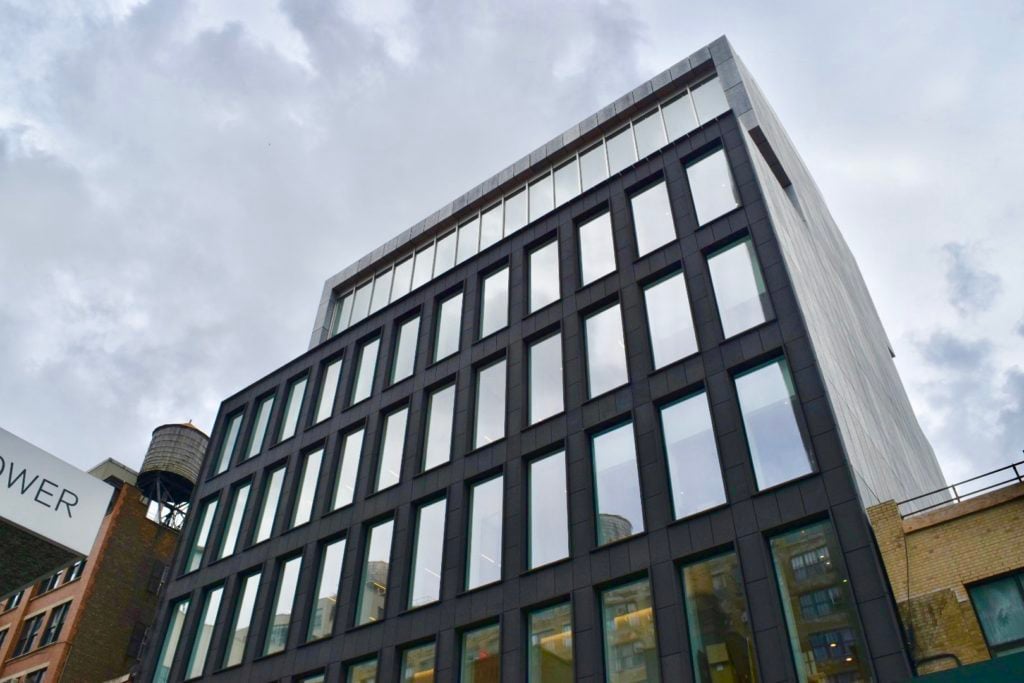
The blue-chip gallery has consolidated its global operations under one roof, and pulled out all the stops.

Eileen Kinsella

Pace gallery has long been one of the biggest of all international gallery chains. But this week, it puts an exclamation point next to its mega-gallery status as it officially debuts its massive, custom-built eight-story new headquarters in West Chelsea, featuring multiple floors full of blue chip art. Call it “Super Pace.”
Dozens of media and art world denizens were on hand Tuesday for the much-anticipated first glimpse of the new space. The event was introduced with remarks from CEO and president Marc Glimcher, founder Arne Glimcher, and recent hires who will oversee the buzzed-about new multidisciplinary program known as Pace Live.
“Artists made this building possible,” said Marc Glimcher. “We want people to come and take their time. We want to take them back to the earlier part of this century so they can see the future.”
The building was designed by Bonetti/Kozerski Architecture DPC, and aspires to be more of an art center than an art gallery. The new Pace’s 3rd floor has the densest cluster of exhibitions, including a large new panoramic work by David Hockney, in one gallery, and black-and-white photos by Peter Hujar, in another. Also sharing the 3rd floor is a gallery dedicated to Pace African & Oceanic Art, the gallery’s franchise focusing on art from those two regions (formerly known by the unfortunate name “Pace Primitive.”)
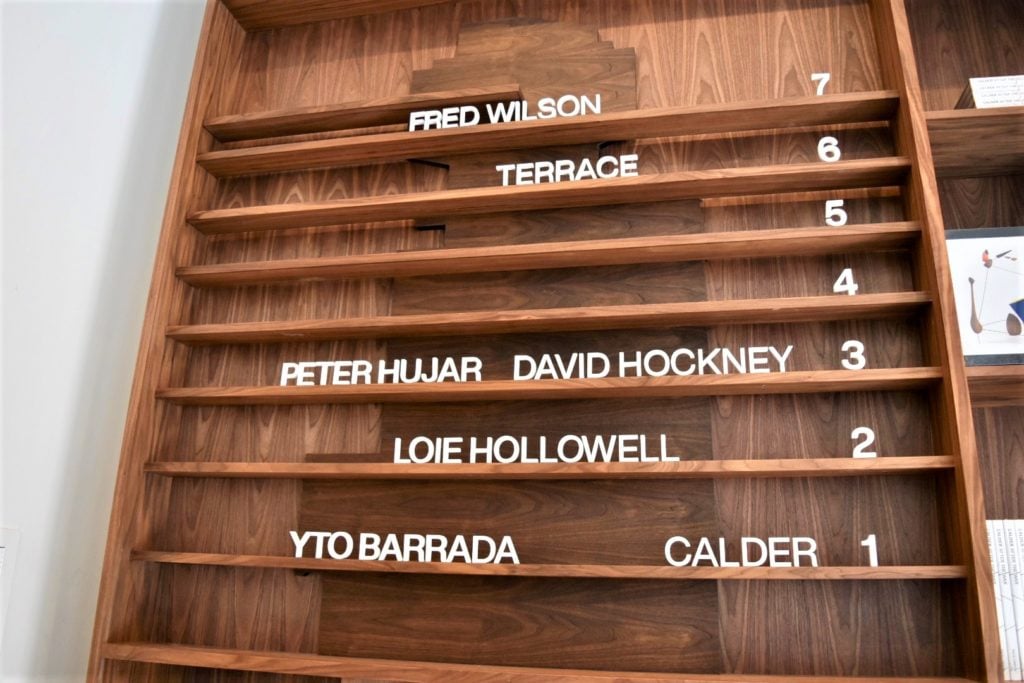
Display listing the debut shows at the new Pace gallery.
The 2nd floor galleries are completely occupied by a series of colorful abstract paintings by the young New York-based painter Loie Hollowell, who is given more space than either of the more famous blue-chip artists on the floor above.
The ground floor centers on a nicely installed show dedicated to master modernist and Pace staple Alexander Calder. In addition to several of his beloved mobiles, the show welcomes visitors with an early Surrealist film clip of the artist’s work, only recently discovered. Another notable work is Double Arc and Sphere (1932). The small work was the first the American sculptor sold to a museum, specifically the Berkshire Museum. It was reacquired by the Calder Foundation as part of the much-watched drama of the museum’s deaccessioning of parts of its collection, and now finds its way to Pace as an apt symbol of a gallery whose ambitions rival that of most museums.
One of the new Pace’s undoubted highlights, a 6th floor roof terrace, is currently empty. It will showcase major pieces by Louise Nevelson, Lynda Benglis, Joel Shapiro, and other Pace artists. In the meantime, it offers an impressive view of surrounding Chelsea.
The 7th floor galleries, meanwhile, open with a suite of glass chandeliers by Fred Wilson, and doubles as a 150-seat theater. At the press launch, with windows looking out on the new skyscrapers of Hudson Yards behind her, senior director and curator Andria Hickey provided information about programming for Pace Live, which promises to animate the space. Related events will include music, dance, film, and performance and are mostly free and open to the public. (In cases where tickets are sold, Hickey said, the proceeds will go to dedicated nonprofits.)
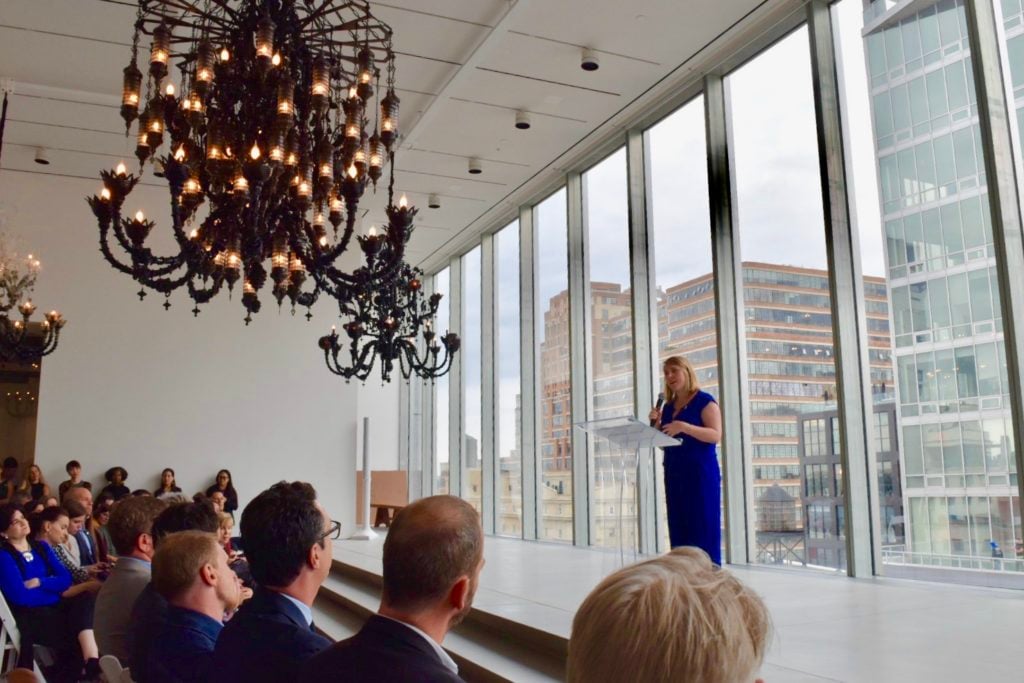
Andria Hickey addresses the press in Pace’s 7th floor theater.
Plans for the inaugural Pace Live season include a week-long screening of video works and films that document leading conceptual artist Song Dong’s ongoing performance work; Cinémathèque de Tanger, a film club night curated by multidisciplinary artist Yto Barrada, who founded the eponymous independent cinema in Tangier, Morocco (and who is also showing prints on the first floor in Pace’s library); an installation and performance by Torkwase Dyson, presented in collaboration with the Performa 19 Biennial; and a musical performance produced by French composer Éliane Radigue, co-presented with Blank Forms.
Pace is boasting talent to match its showy new HQ. Hickey will work closely with Mark Beasley, former curator of media and performance art at the Hirshhorn Museum and Sculpture Garden, whom Pace hired as curatorial director of the Live program this past summer. Two additional new hires were announced today: Oliver Shultz and Michaëla Mohrmann, as curatorial director and associate curatorial director, respectively. Shultz previously worked in the curatorial department at MoMA PS1. Mohrmann was previously an Andrew W. Mellon museum research consortium fellow at MoMA, focusing on exhibitions of Latin American art.
But for now, the star is the space itself, in all its museum-like glory. Below, get a sense of what the new Pace has to offer:

The front desk at the new Pace Gallery, 540 West 25th.
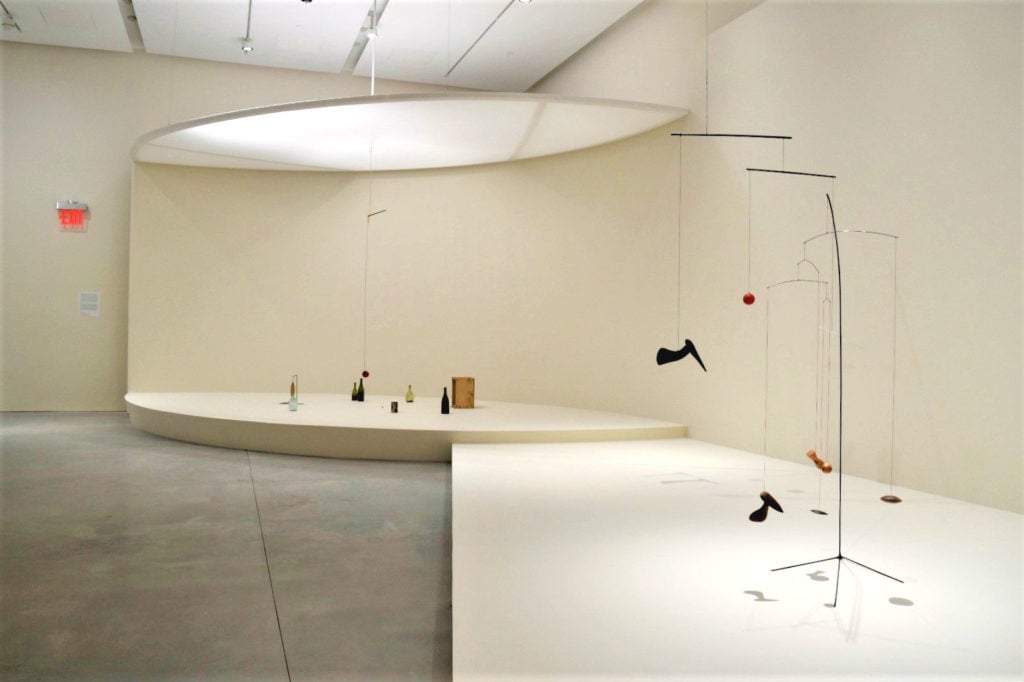
“Calder: Small Sphere and Heavy Sphere” at the new Pace gallery.
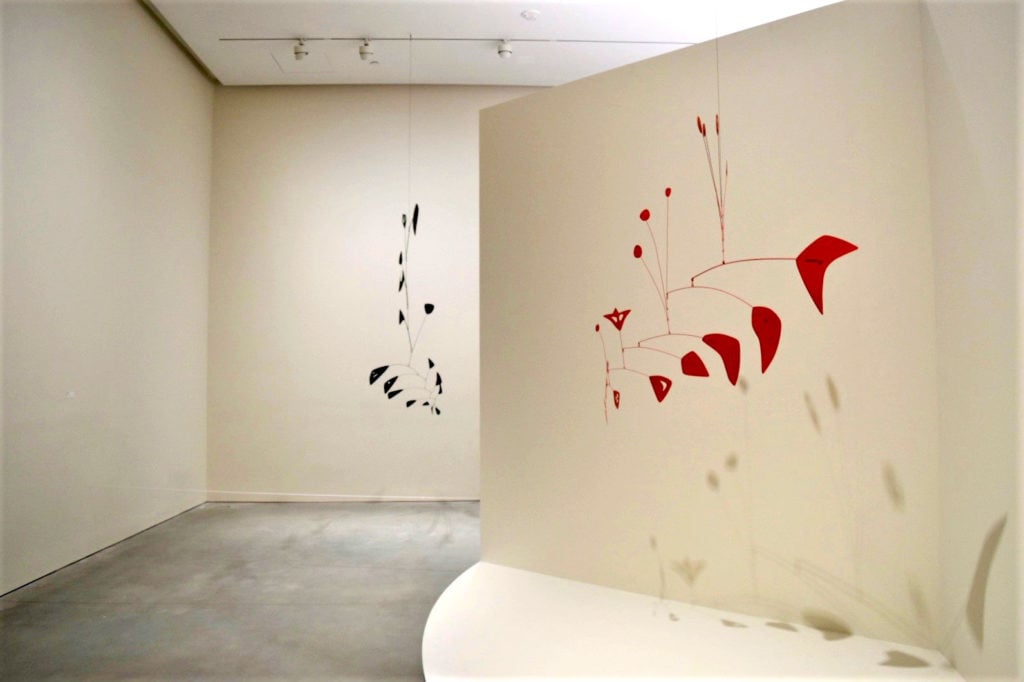
“Calder: Small Sphere and Heavy Sphere” at the new Pace gallery.

The library at the new Pace gallery, with works by Yto Barrada (at left).
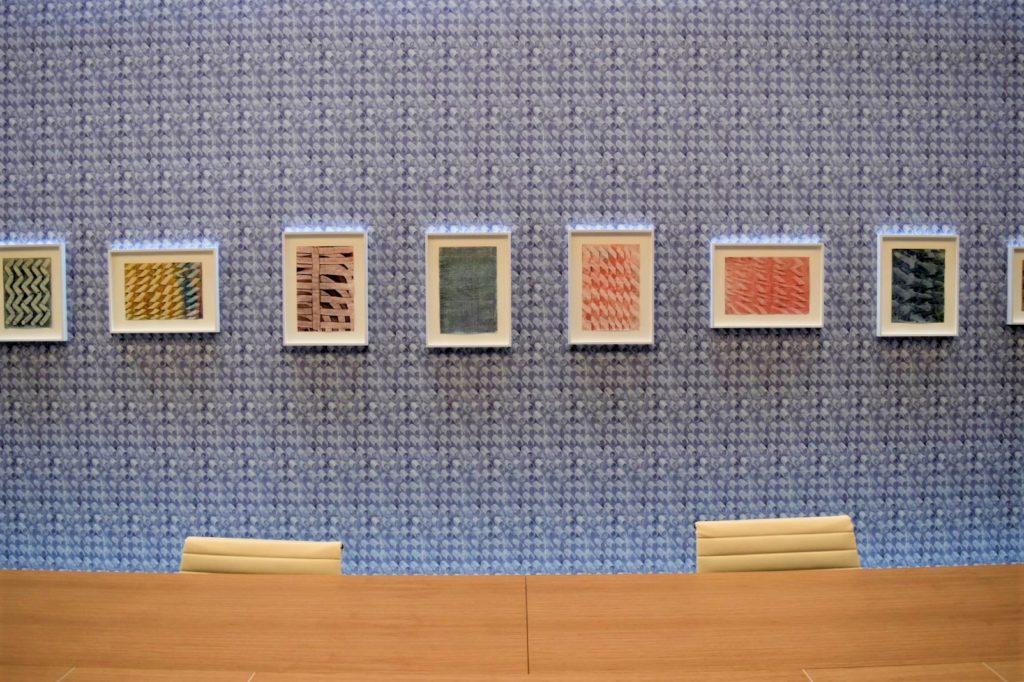
Works by Yto Barrada in the library of the new Pace gallery.

The Loie Hollowell show at the new Pace gallery.
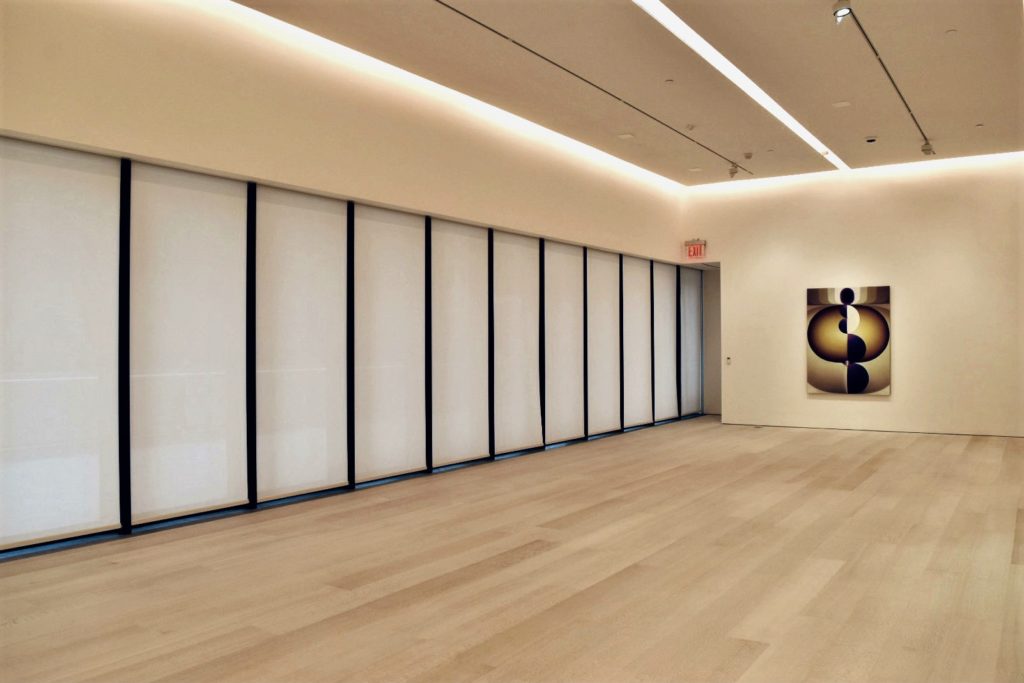
The Loie Hollowell show at the new Pace gallery.
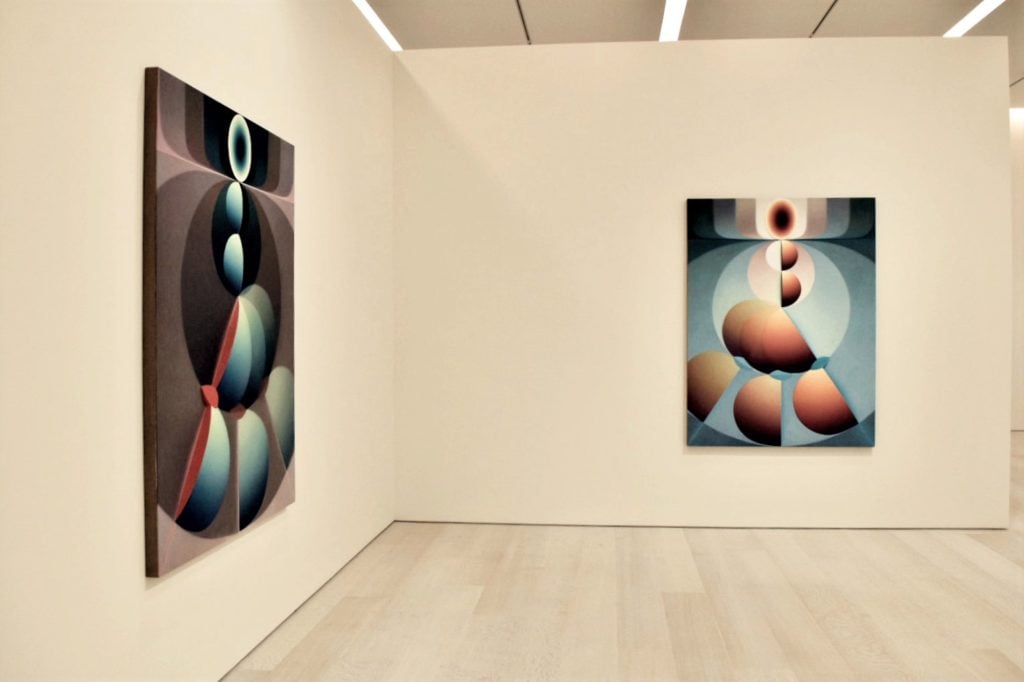
The Loie Hollowell show at the new Pace gallery.

The Loie Hollowell show at the new Pace gallery.
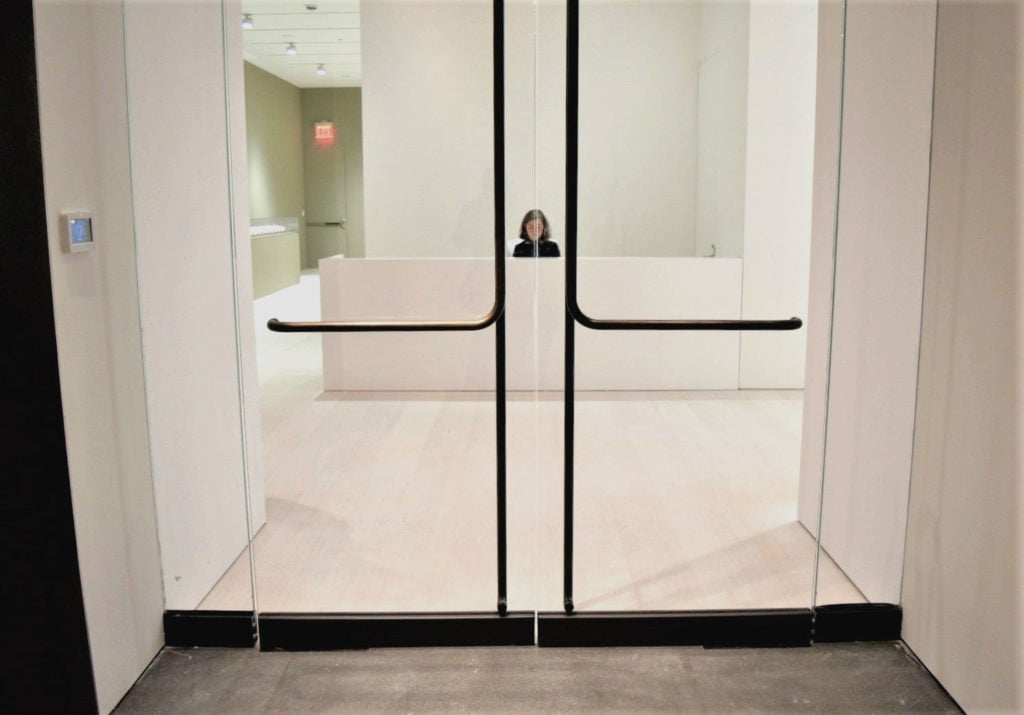
Entrance desk on the 3th floor of the new Pace Gallery.
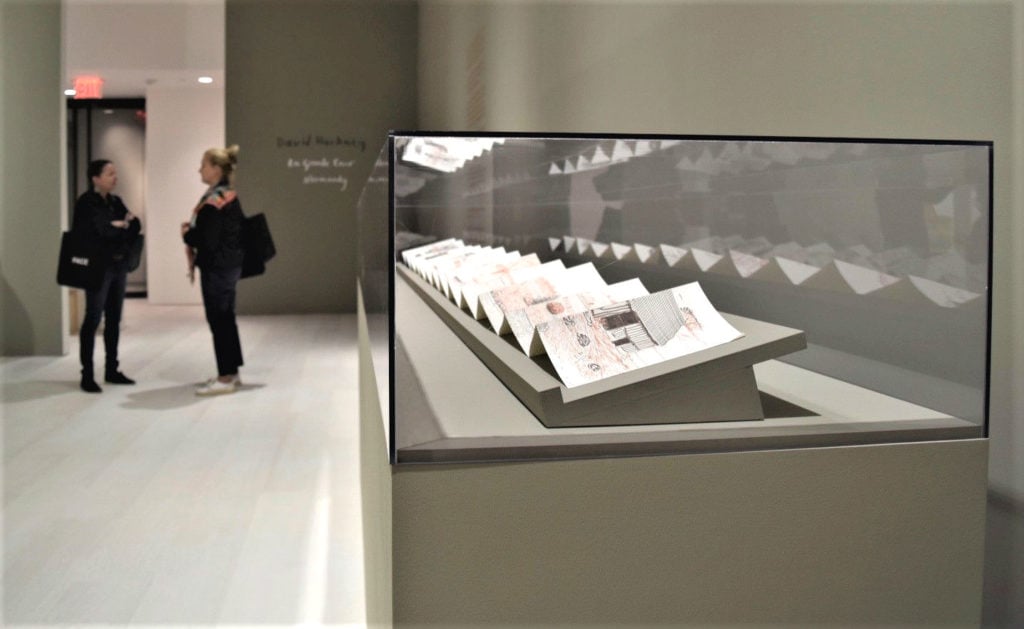
“David Hockney: La Grande Cour, Normandy” at the new Pace Gallery.
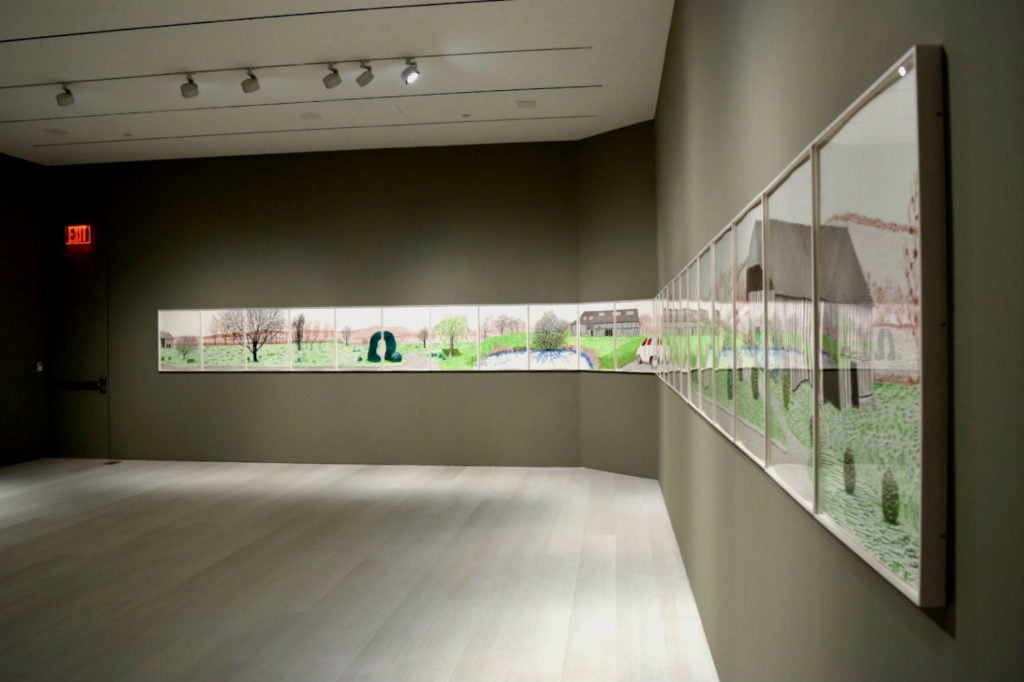
“David Hockney: La Grande Cour, Normandy” at the new Pace Gallery.
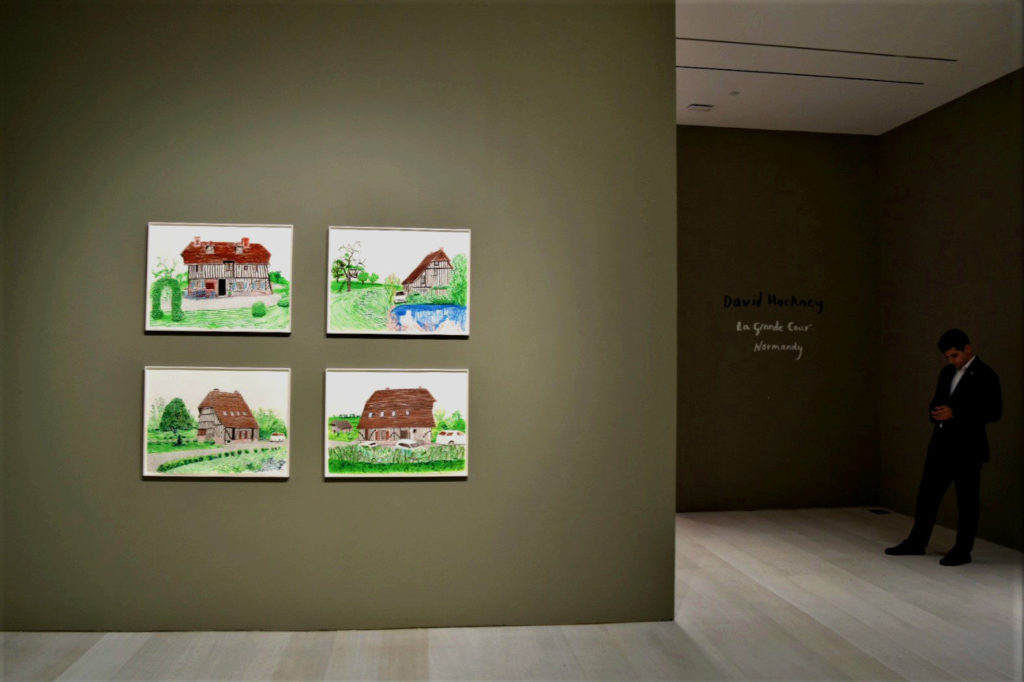
“David Hockney: La Grande Cour, Normandy” at the new Pace Gallery.
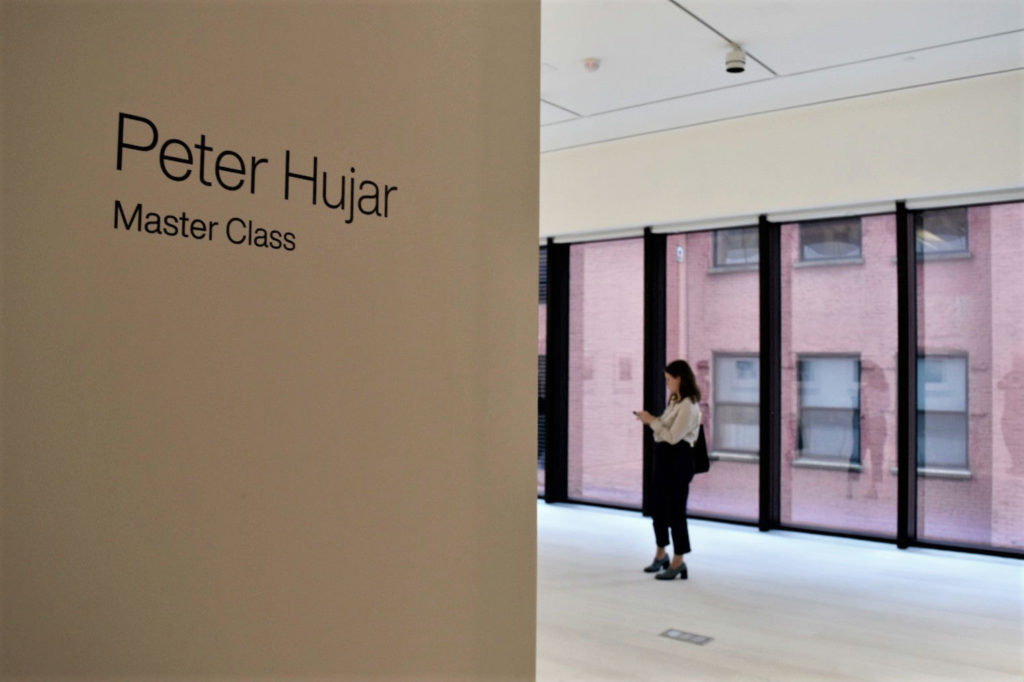
“Peter Hujar: Master Class” on the 4th floor of the new Pace Gallery.
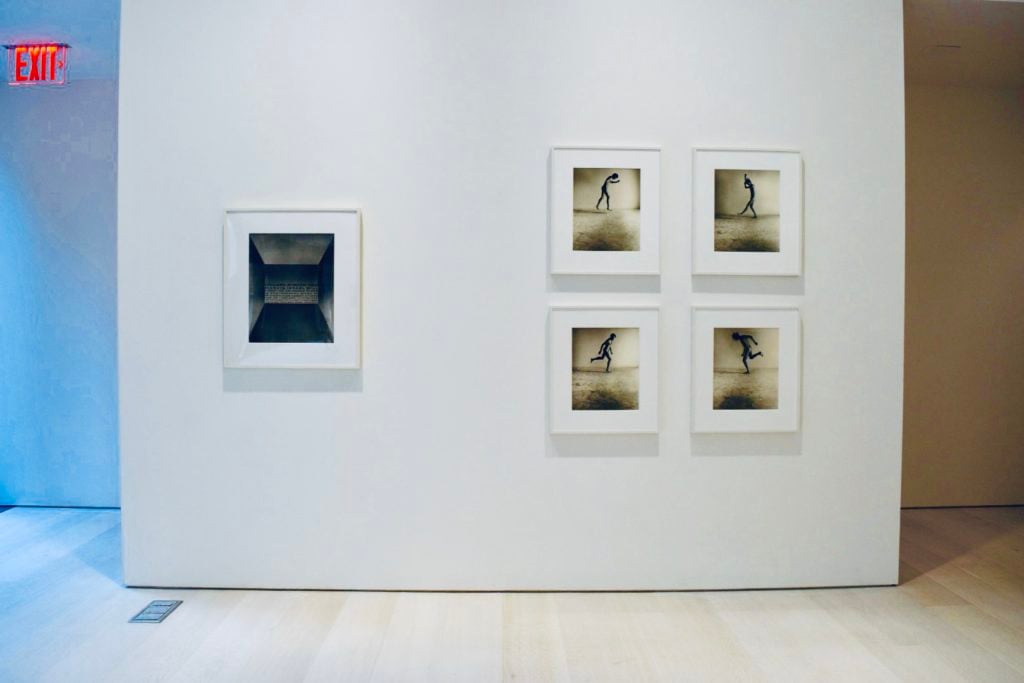
Installation view of the Peter Hujar show at the new Pace.
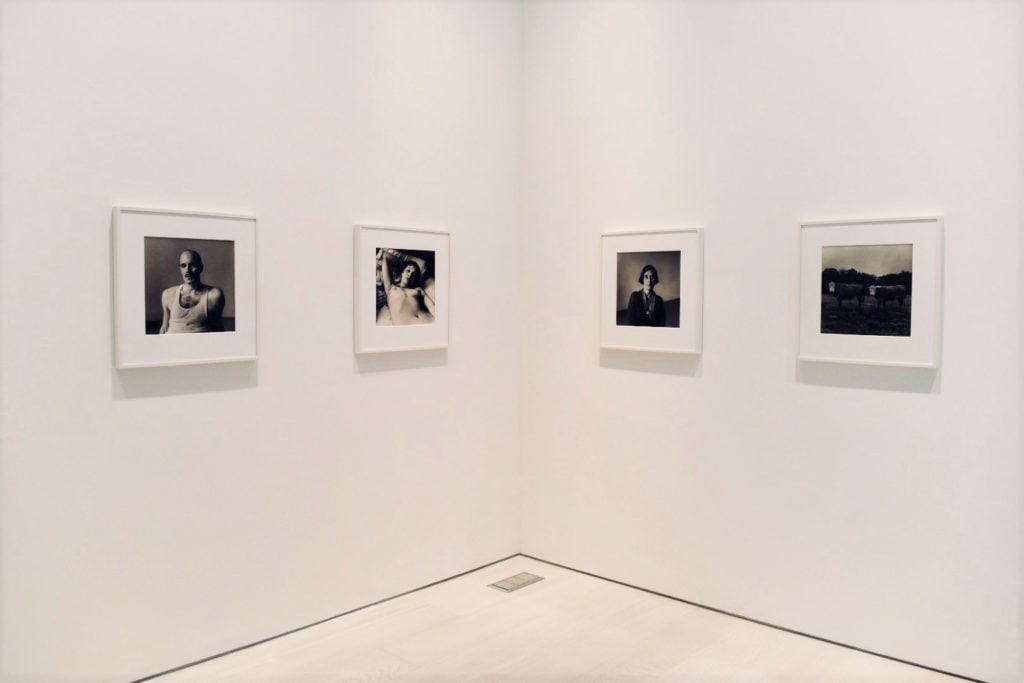
Installation view of the Peter Hujar show at the new Pace.
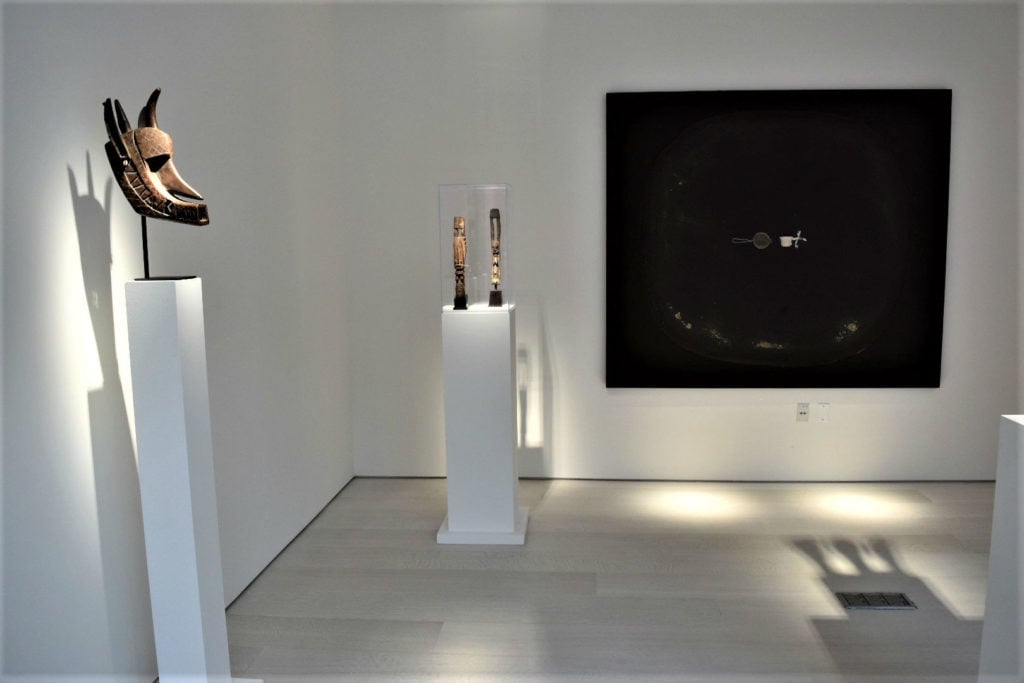
Installation view of Pace African & Oceanic Art gallery at the new Pace gallery.
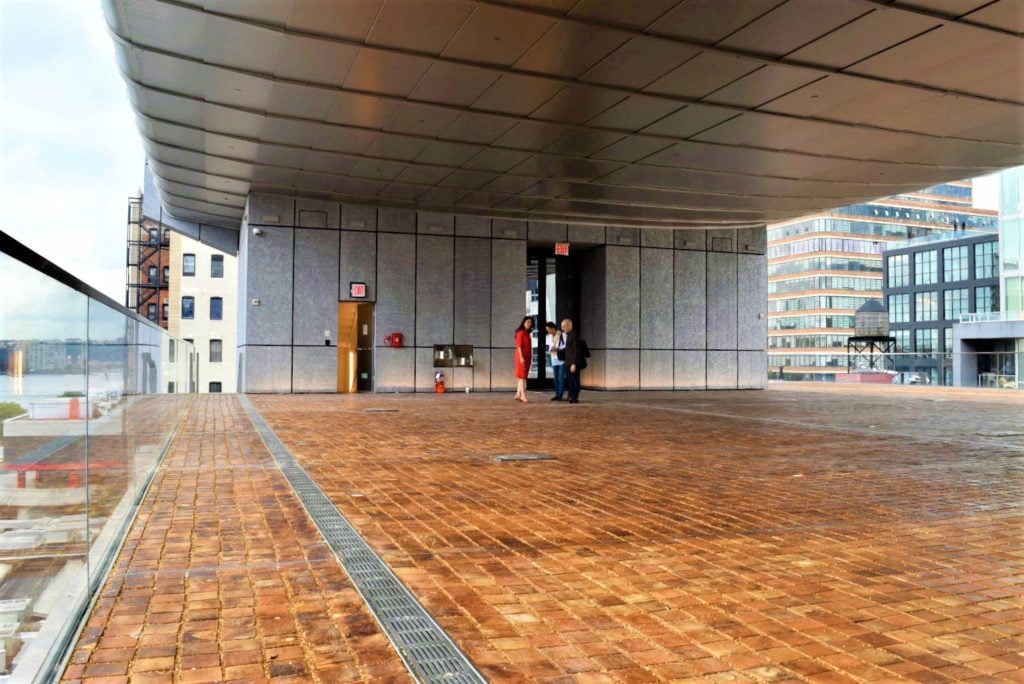
The new Pace gallery’s outdoor sculpture terrace.

Drinking fountains on the new Pace gallery’s outdoor sculpture terrace.

View from the new Pace gallery’s outdoor sculpture deck.

Chandelier works by Fred Wilson on the 7th floor of the new Pace Gallery.